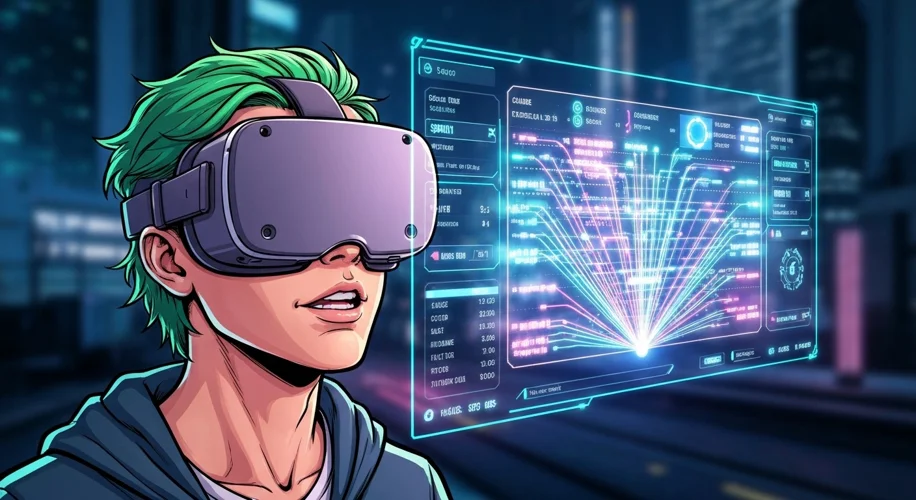Hey everyone! So, you’ve jumped into VR, and it’s awesome, right? But maybe, just maybe, you’re looking at the virtual world and thinking, ‘Could this look… better?’ Or perhaps your frames are dropping like a bad habit. Today, we’re diving into something crucial for any VR enthusiast: mastering your in-game resolution and graphics settings.
Think of your VR headset like a monitor, but way more intense because it’s right in front of your eyes. The resolution settings in your games directly impact how crisp and clear everything looks. Higher resolutions mean more pixels packed into the display, leading to sharper images, more readable text, and less of that dreaded “screen door effect” (where you can see the lines between pixels).
But here’s the catch: more pixels = more work for your PC. Especially for VR, which needs to render two separate images (one for each eye) at a high frame rate to avoid making you queasy. Pushing your resolution too high can absolutely tank your performance, leading to choppy gameplay and an experience that’s more nauseating than enjoyable.
So, how do you find that sweet spot? It usually starts in the game’s graphics or video settings menu. You’ll often see a slider or a dropdown for “Resolution” or “Render Resolution.” Many VR games default to rendering at a lower resolution than your headset’s native capabilities to ensure smoother performance on a wider range of PCs. You might also see an option for “Supersampling” or “Render Scale.” This is basically a way to render the game at a resolution higher than your headset’s native resolution and then downscale it. It’s like an anti-aliasing technique on steroids and can make your VR world look incredibly smooth and detailed.
The Balancing Act:
- Visual Quality: Higher resolution settings and supersampling will make your games look sharper, clearer, and more immersive. Text will be easier to read, distant objects will be more defined, and the overall fidelity will be significantly improved.
- Performance: This is where it gets tricky. Every increase in resolution or supersampling demands more from your GPU. If your PC isn’t powerful enough, you’ll see a drop in frame rate (FPS). For VR, maintaining a consistent high frame rate (like 72Hz, 90Hz, or even 120Hz, depending on your headset) is critical for comfort and immersion. Dropping below this can cause discomfort and break the illusion.
Finding Your Sweet Spot:
- Start with Presets: Many games offer quality presets (Low, Medium, High). See how these perform first.
- Tweak Resolution/Render Scale: If the visuals aren’t cutting it on High, try nudging the resolution or render scale up in small increments (like 5-10%). Test your performance after each change. Are the frames still smooth? If yes, try going up again. If it stutters, you’ve gone too far.
- Supersampling is Your Friend (If Your PC Can Handle It): Once you’re happy with the base resolution and smooth performance, consider trying a slight increase in supersampling. This can offer a noticeable visual upgrade with a manageable performance hit for many systems.
- Other Settings Matter Too: Don’t forget other graphics settings! Texture quality, anti-aliasing, shadows, and effects can all impact both visuals and performance. Lowering some of these can free up resources, allowing you to push resolution higher.
It’s all about experimentation. What works for my rig might not work for yours. What I’ve learned is that a slightly lower resolution with a buttery-smooth frame rate feels way better than a super-sharp image that’s stuttering every few seconds. Get in there, tweak those settings, and find the VR experience that looks and feels best for you!

